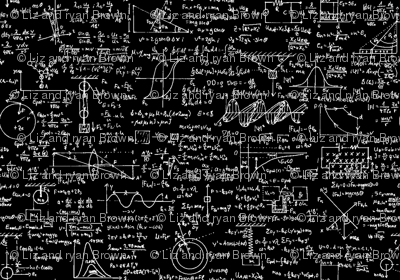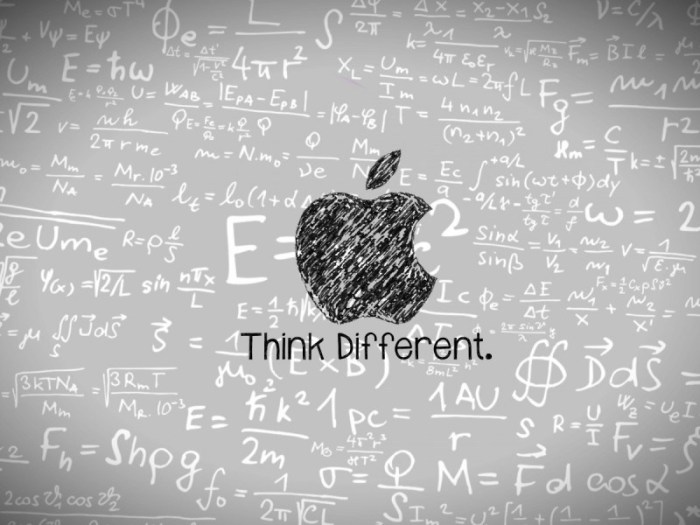by Sandeep.P.D(2016-2019)
https://www.facebook.com/sandeep.pd.71
Mathematical physics refers to the development of mathematical methods for application to problems in physics. The Journal of Mathematical Physics defines the field as “the application of mathematics to problems in physics and the development of mathematical methods suitable for such applications and for the formulation of physical theories”. It is a branch of applied mathematics but deals with physical problems.

Scope
There are several distinct branches of mathematical physics, and these roughly correspond to particular historical periods.
Classical mechanics
The rigorous, abstract and advanced reformulation of Newtonian mechanics adopting the Lagrangian mechanics and the Hamiltonian mechanics even in the presence of constraints. Both formulations are embodied in analytical mechanics. It leads, for instance, to discover the deep interplay of the notion of symmetry[clarification needed] and that of conserved quantities during the dynamical evolution[clarification needed], stated within the most elementary formulation of Noether’s theorem. These approaches and ideas can be, and in fact have been, extended to other areas of physics as statistical mechanics, continuum mechanics, classical field theory and quantum field theory. Moreover, they have provided several examples and basic ideas in differential geometry (e.g. the theory of vector bundles and several notions in symplectic geometry).

Partial differential equations
The theory of partial differential equations(and the related areas of variational calculus, Fourier analysis, potential theory, and vector analysis) are perhaps most closely associated with mathematical physics. These were developed intensively from the second half of the 18th century (by, for example, D’Alembert, Euler, and Lagrange) until the 1930s. Physical applications of these developments include hydrodynamics, celestial mechanics, continuum mechanics, elasticity theory, acoustics, thermodynamics, electricity, magnetism, and aerodynamics.
Quantum theory
The theory of atomic spectra (and, later, quantum mechanics) developed almost concurrently with the mathematical fields of linear algebra, the spectral theory of operators, operator algebras and more broadly, functional analysis. Nonrelativistic quantum mechanics includes Schrödingeroperators, and it has connections to atomic and molecular physics. Quantum information theory is another subspecialty.
Relativity and Quantum Relativistic Theories
The special and general theories of relativity require a rather different type of mathematics. This was group theory, which played an important role in both quantum field theory and differential geometry. This was, however, gradually supplemented by topology and functional analysis in the mathematical description of cosmological as well as quantum field theory phenomena. In this area, both homological algebra and category theory are important nowadays.
Statistical mechanics
Statistical mechanics form a separate field, which includes the theory of phase transitions. It relies upon the Hamiltonian mechanics (or its quantum version) and it is closely related with the more mathematical ergodic theory and some parts of probability theory. There are increasing interactions between combinatorics and physics, in particular, statistical physics.
Usage Of Term
The usage of the term “mathematical physics” is sometimes idiosyncratic. Certain parts of mathematics that initially arose from the development of physics are not, in fact, considered parts of mathematical physics, while other closely related fields are. For example, ordinary differential equations and symplectic geometry are generally viewed as purely mathematical disciplines, whereas dynamical systems and Hamiltonian mechanics belong to mathematical physics. John Herapath used the term for the title of his 1847 text on “mathematical principles of natural philosophy”; the scope at that time being “the causes of heat, gaseous elasticity, gravitation, and other great phenomena of nature”.
Mathematical vs theoretical physics

The term “mathematical physics” is sometimes used to denote research aimed at studying and solving problems inspired by physics or thought experiments within a mathematically rigorous framework. In this sense, mathematical physics covers a very broad academic realm distinguished only by the blending of pure mathematics and physics. Although related to theoretical physics,[3] mathematical physics in this sense emphasizes the mathematical rigor of the same type as found in mathematics.
On the other hand, theoretical physics emphasizes the links to observations and experimental physics, which often requires theoretical physicists (and mathematical physicists in the more general sense) to use heuristic, intuitive, and approximate arguments.[4] Such arguments are not considered rigorous by mathematicians, but that is changing over time.
Such mathematical physicists primarily expand and elucidate physical theories. Because of the required level of mathematical rigor, these researchers often deal with questions that theoretical physicists have considered to be already solved. However, they can sometimes show (but neither commonly nor easily) that the previous solution was incomplete, incorrect, or simply too naive. Issues about attempts to infer the second law of thermodynamics from statistical mechanics are examples. Other examples concern the subtleties involved with synchronization procedures in special and general relativity (Sagnac effect and Einstein synchronization)
The effort to put physical theories on a mathematically rigorous footing has inspired many mathematical developments. For example, the development of quantum mechanics and some aspects of functional analysis parallel each other in many ways. The mathematical study of quantum mechanics, quantum field theory and quantum statistical mechanics has motivated results in operator algebras. The attempt to construct a rigorous quantum field theory has also brought about progress in fields such as representation theory. Use of geometry and topology plays an important role in string theory.
